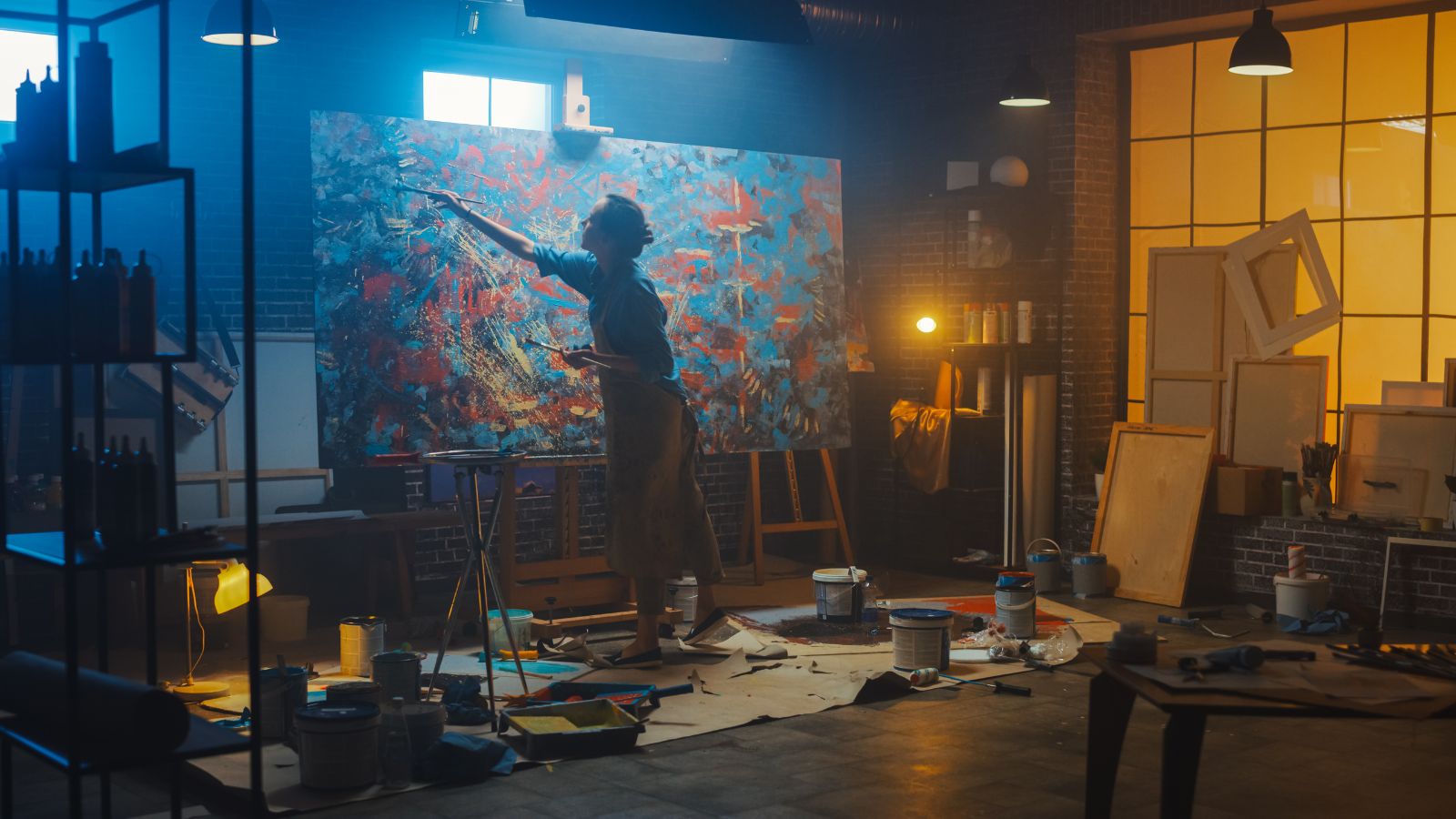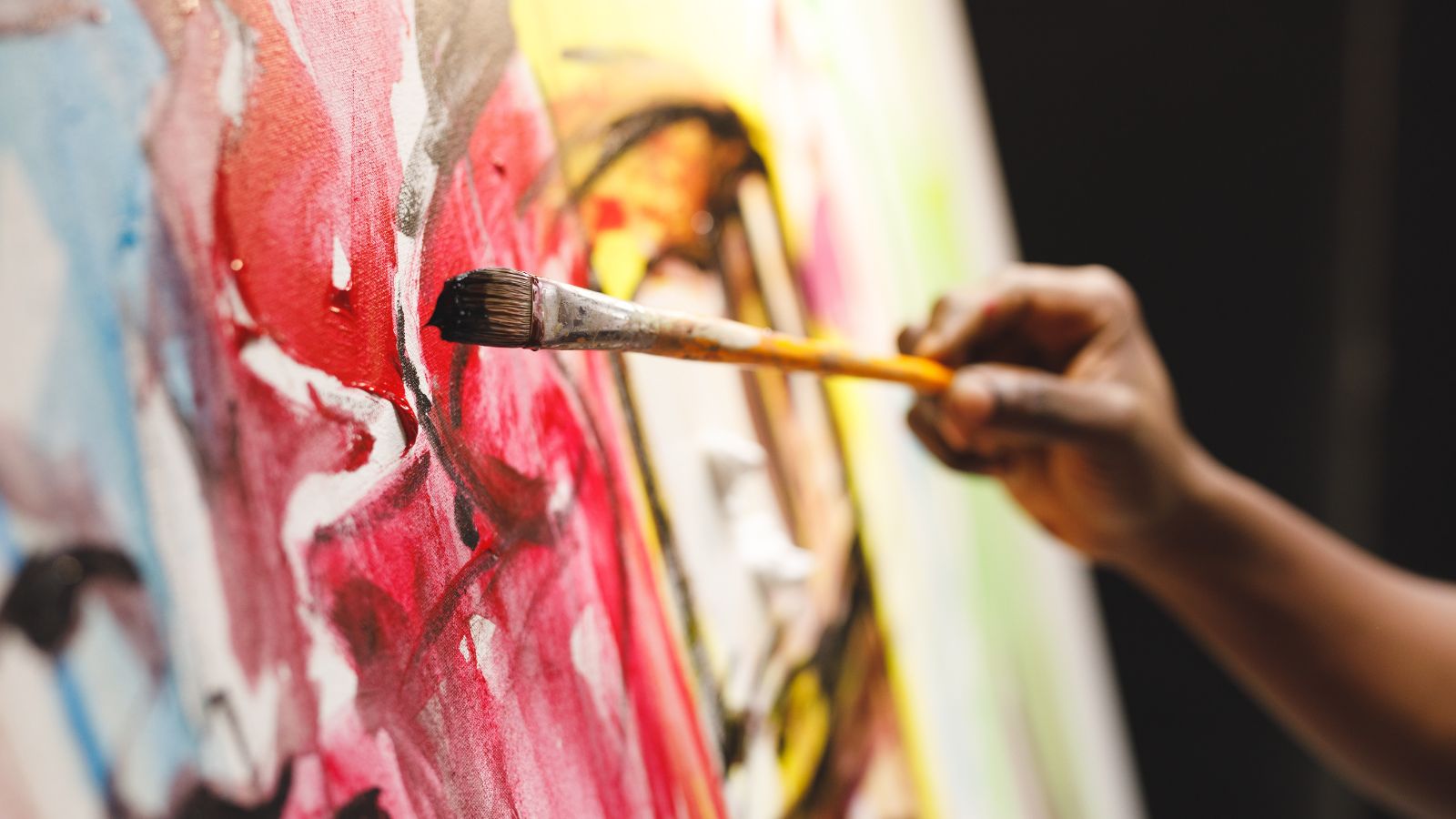Painting is a renovative project that can either make or break your home’s aesthetic, depending on how you execute it. So that all your hard work won’t go to waste, here are 20 things you shouldn’t do while painting and why.
Skipping Surface Preparation

It’s essential to prepare your walls before painting for very clear reasons. Alpine Painting explains that when you fail to do this, coatings won’t adhere properly, and you’re left with a paint job that eventually peels, flakes, or fades off over time. Taking time to prep assures you of flawless finishes.
Using Low-Quality Paint

When you opt for low-quality paint, your finishes struggle to impress. Sometimes, you aren’t just dealing with a paint job that’s not durable; you also see your walls chalking, blistering, peeling, or lapping almost immediately. Low-quality paint even promotes the growth of mildew, and this is another reason why you should always go for the more expensive alternatives.
Ignoring Primer

Even when you use self-priming paint, it’s always a good idea to use a primer with it. Bob Vila shares that this is especially true when you use latex paints on oil paints, when you paint on a skim coat, and when you paint over unfinished wood. Primers create a base for the paint to adhere to, and they help you achieve a more consistent finish.
Overloading the Brush or Roller

Applying too much paint to your brush or roller causes drips and runs, leading to an uneven finish. What you should do is load your brush or roller with a moderate amount of paint and use even strokes to achieve a smooth and professional-looking coat.
Not Taping Edges Properly

Poorly taped edges result in messy lines and paint bleeding onto adjacent surfaces. Always take the time to carefully tape off the edges and remove the tape before the paint fully dries. And by doing this, you achieve crisp, clean lines that enhance the overall look of your project.
Using the Wrong Type of Brush or Roller

Different surfaces and types of paint require specific brushes or rollers, and using the wrong tool can lead to an uneven finish and visible brush or roller marks. To achieve a smooth, professional look, you should always check for and select the appropriate brush or roller for your paint and surface type.
Applying a Single Thick Coat

One thick coat of paint is more susceptible to drips and uneven drying, and multiple thin coats provide better coverage and a smoother finish. Also, when you apply multiple coats, always allow each coat to dry fully before applying the next to ensure a durable and professional-looking result.
Not Mixing the Paint Properly

Paint can separate over time, leading to inconsistent color and texture. It’s always best to thoroughly mix your paint before starting to ensure a uniform finish. Stirring the paint well helps distribute the pigments evenly, which gives you a consistent color throughout your project.
Painting Over Wallpaper

Painting directly over wallpaper often leads to peeling and an uneven surface, especially if the wallpaper is textured. What you should do is remove wallpaper before painting and also properly prepare the wall after wallpaper removal to get a smooth, clean surface for the paint to adhere to.
Using Expired Paint

Old or expired paint can lead to poor adhesion, uneven colors, and flaking. House Digest shares that some ways you can tell yours has gone bad are if it’s chunky, ultra-thick, or has a rancid smell. Check the expiration date and condition of your paint before starting, and always use fresh paint for the best possible coverage and finish.
Neglecting to Sand Between Coats

Sanding between coats helps achieve a smooth, professional finish, while skipping this step can result in rough, uneven surfaces and visible brush marks. Always lightly sand each coat to remove imperfections and ensure the next coat adheres well, which eventually gives you a flawless final result.
Painting in Poor Lighting

Insufficient lighting can cause you to miss spots or apply paint unevenly. So ensure your workspace is well-lit to see the true color and coverage. Good lighting also helps you spot imperfections, and you should work with this from the time you start preparing the wall for painting.
Not Protecting Surrounding Areas

Use drop cloths and painter’s tape to protect surrounding areas from accidental drips and spills. Failing to cover floors, furniture, and fixtures can result in paint splatters and stains, and properly covering these areas saves you from future time-consuming clean-ups and even from damaging them.
Painting in Humid Conditions

High humidity affects paint drying time and can cause paint to drip or not adhere properly. Avoid painting in overly humid conditions, and instead, choose a dry day with moderate temperatures for the best results and a flawless finish. According to The Spruce, “70-percent humidity is the maximum level for most paints.”
Rushing the Job

Painting requires patience and attention to detail, and rushing through the process can lead to mistakes and a subpar finish. Always take your time to ensure each step is done correctly, starting from the stage of preparation to application, so that you get a professional-looking result that you can be proud of.
Failing to Remove Hardware

Painting around hardware like doorknobs and light switch covers results in messy edges and uneven coverage. Like with furniture and flooring, it’s better to take the extra time to cover them up or, for the best look, completely take them out before you start painting.
Not Allowing Adequate Drying Time

Rushing the drying process can ruin your paint job, and how long you have to wait depends on the type of paint you use. You should always allow each coat to dry completely before applying the next, as doing this prevents smudging and ensures a durable, long-lasting finish that looks great.
Ignoring Weather Conditions

Extreme temperatures can affect how paint dries and adheres, and it’s advised that you avoid painting on very hot or cold days to ensure optimal conditions for your paint. Moderate temperatures help paint dry evenly and adhere properly, resulting in a smooth finish that lasts for a long time.
Skipping Final Inspection

A thorough final inspection helps catch any missed spots or imperfections. Take the time to carefully review your work, identify inconsistencies, and go the extra step to touch up any areas as needed to ensure a perfect, good-looking result. Skipping this step can leave your walls looking unfinished.
Improper Paint Storage

Keep paint in a cool, dry place with a tight seal to maintain its integrity. Storing paint improperly can affect its quality and even cause mold to grow in it. Proper storage, on the other hand, ensures your paint remains in good condition for future touch-ups or projects, saving you time and money.
Up Next: 18 Reasons Why Men Get Grumpier As They Age

You might read this and be able to relate, or you may feel you’ve become grumpier the older you’ve gotten. Or maybe you know of a male friend or relative who has. Here are 18 reasons why men get grumpier as they age.
18 Reasons Why Men Get Grumpier As They Age
17 Products Millennials Refuse to Buy and It’s Affecting the Economy

Millennials have been the center of so much media attention due to their spending habits. Their unique ways of spending have built up and crushed many traditional industries. In this article, we look at 17 things millennials stopped buying and how that has impacted society.
17 Products Millennials Refuse to Buy and It’s Affecting the Economy
Where Even Truck Drivers Won’t Stop

Truck drivers tend to be hardy souls—well-seasoned travelers who aren’t often afraid to rest up or refuel in risky locations. However, there are certain U.S. locations that even the most road-weary trucker refuses to stop at for fear of criminal activity or natural dangers. Here are 17 such locations that even experienced truck drivers approach with trepidation (or not at all).

